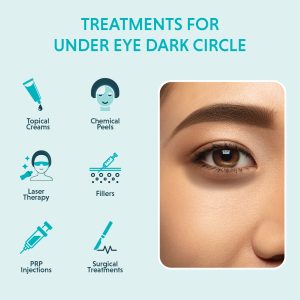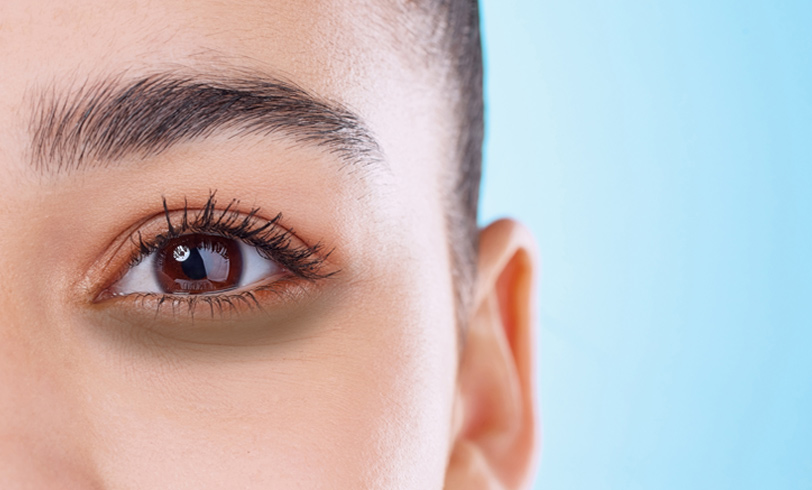
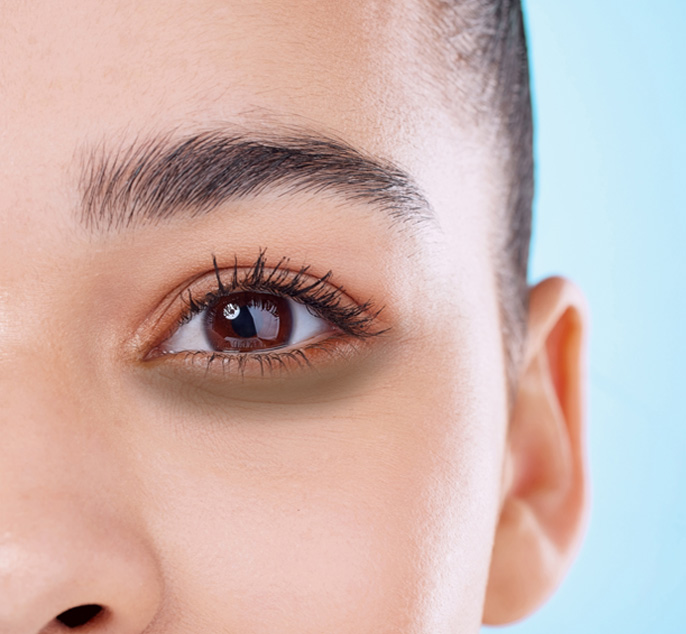
Dark Circles Under The Eyes
Causes, Treatments & PreventionAccording to a study published in the NCBI, dark circles or Periorbital Hyperpigmentation (POH) affects women more than men. Dark circles are prominent in 47.50% of individuals between the ages of 16 and 25. One of the most common causes of dark circles is genetics. Untreated dark circles can be permanent. However, a thorough medical diagnosis followed by therapy can reduce dark circles visibly.
What Are Dark Circles Under the Eyes?
Dark circles under the eyes mean the skin in your eye-area looks darker than the surrounding skin. The under-eye area may appear bluish, purple, black or brownish, depending on the cause and the colour of your skin. These black circles around the eyes are usually a cosmetic concern and do not signify serious medical issues in most cases. People with dark skin, of older age, or those having a family history are more prone to dark circles.
Causes of Dark Circles
Dark circles most commonly appear due to blood vessels becoming visible due to thinning skin under the eyes because of ageing or other lifestyle factors. It can also occur due to melanin deposits, changes in skin texture, or volume loss, leading to tear trough formation.
-
Unhealthy Lifestyle
The most common cause of dark circles is inadequate sleep. Stress, excess smoking or alcohol intake can also cause dark circles.
-
Sun Exposure
Pigmentation under the eyes due to excessive sun exposure can result in black circles.
-
Allergies
Adverse reactions, or dry eyes can lead to repeated rubbing of eyes, causing local skin texture change and pigmentation.
-
Side Effects Of Medications
Certain eye drops for glaucoma, like bimatoprost and latanoprost, can also cause black circles around the eyes.
-
Genetics
If your family members have dark circles under the eyes, there is a high chance you, too, may have them.
-
Ageing
The appearance of fine lines, reduced fatty tissues, volume loss around the eyes, or thinning of skin are normal age-related issues that lead to dark circles under the eyes.
-
Anaemia
Low blood haemoglobin levels are also a common cause of dark circles.
-
Dehydration
Inadequate water intake may cause under-eye dryness and dullness.
Symptoms
- Discolouration under the eyes
- Puffiness
- Tear trough formation
- Shadowing effect
- Under-eye skin sag
- Fine lines and wrinkles.
Types Of Dark Circles
Diagnosis
Your dermatologist will perform a physical examination and check for the following:
Family history
Medical conditions
Hormonal health
Nutritional status
Lifestyle habits
How To Prevent Dark Circles?
Get enough sleep
Meditation
Quit smoking.
Hydrate
Use sunscreen
Can I Use Home Remedies for Dark Circles?
Here is a list of popular home remedies for dark circles. These self-care dark circle treatments remain unproven and the results unpredictable:

Adequate Sleep
Get 6-8 hours of good quality sleep every night to keep dark circles away. Poor sleep routine is the most common cause of dark circles.

Elevate Your Head While Sleeping
Putting your head on the same level or lower than the rest of your body can cause fluid accumulation in the loose tissues around the eyes and cause puffiness. Use a couple of pillows to elevate your head while sleeping to avoid this.
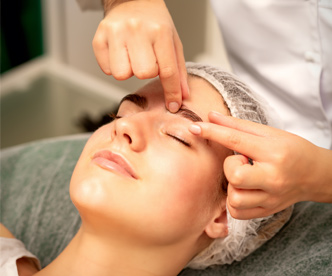
Cold Compress And Massage Around The Eyes
Applying a cloth soaked in chilled water can constrict the blood vessels around the eyes. Massage can help improve the blood circulation around the eyes.
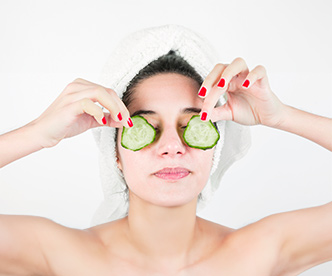
Cucumber Slices
These contain a lot of water and antioxidants like Vitamin C, so putting them on tired and puffy eyes for 10-20 minutes while keeping eyelids closed can rejuvenate the eye area.
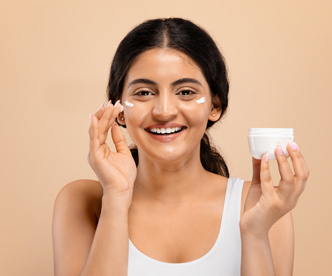
Antioxidant Under Eye Creams
Creams containing Vitamin C and E can rejuvenate the under-eye skin and prevent tan and fine lines.
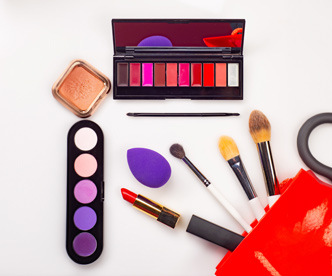
Makeup Products
You can choose to use concealers to cover dark circles on a daily basis.
Dark Circle Removal Treatment Options
Here are some medical dark circle under-eyes treatments you may consider:
Treatments Explained
Prognosis
- Improved appearance of dark circles
- Long-lasting effects with proper maintenance
- Personalised treatment plans for optimal results
Frequently Asked Questions On Dark Circle Under Eyes
Q1. What Medical Treatment Options Are Available To Treat Dark Circles Under The Eyes?
A1. Dark circles under the eyes have many treatment options depending on their causes. For pigmentation, topical creams with lightening agents like kojic acid are the first choice, and chemical peels and lasers are some in-clinic procedures. For volume loss, dermal fillers are a popular choice. Surgeries can remove excess fat or skin under the eyes.
Q2. Can Laser Treatment Remove Dark Circles Under The Eyes?
A2. Yes, laser treatment can help reduce dark circles under eyes. Non-invasive lasers like pulsed-dye and diode lasers can lighten the skin, while laser resurfacing can tighten the skin.
Q3. What Vitamin Deficiency Causes Dark Circles?
A3. Vitamin B12 deficiency can cause pigmentation of the skin, causing dark circles under the eyes. Iron deficiency and anaemia can also worsen dark circles due to reduced blood flow.
Q4. How To Remove Dark Circles Under Eyes Permanently?
A4. Dark circles are difficult to remove permanently as they occur due to some underlying cause. Prolonged use of creams or maintenance sessions of chemical peels and lasers or fillers can help sustain the results. Surgical treatment may remove excess skin permanently.
Q5. Which Under-Eye Cream For Dark Circles Do Dermatologists In India Recommend?
A5. Dermatologists recommend under-eye creams containing lightening agents like azelaic acid, kojic acid, and Vitamin C for pigmented dark circles. Vitamins E and K in creams can also reduce dark circles. Retinoids, a form of Vitamin A, are a key ingredient in under-eye creams and can reduce ageing changes in the eye area.


